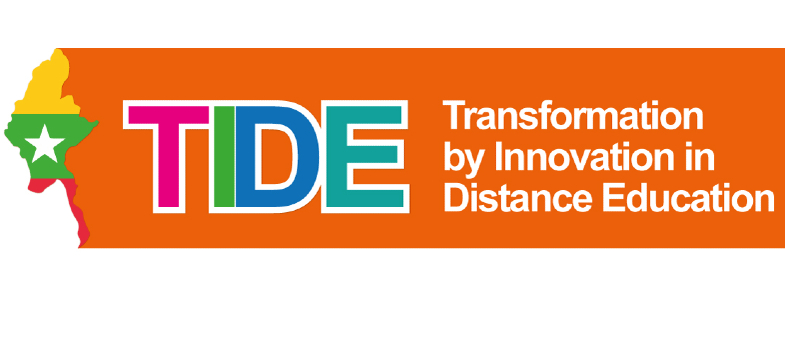2 Openness versus privacy
It is possible to find all sorts of material freely available online. Using digital technology and media, you can learn what you want, when you want. The opportunities are immense, both to build up your own knowledge and to share what you’ve found with others.
Open collections bring together particular types of resources. For example, YouTube is a large collection of videos and Pixabay contains hundreds of thousands of photographs, uploaded by many different people. Anyone can view and add material and it is also possible to interact with other users of these resources.
Free educational resources are known as open educational resources or OERs. These are often provided by reputable institutions, like universities. Examples include OpenLearn and FutureLearn. Individuals are now able to license their own work easily and at no cost. You will learn more about this in Week 4 of this course. Online communities of learners may form around OERs or subjects of study. These provide valuable opportunities to learn together and benefit from peer support.
There is, however, a downside. One of the things you will be realising as you explore your digital footprint is that your actions online may be visible to others in ways that you did not realise. There is a tension between learning and sharing openly online and maintaining an acceptable degree of privacy. Part of the aim of this course is to develop your knowledge and skills to make the choices that are right for you, whilst gaining maximum benefit from online learning and communities. Activity 2 will help you to develop your digital identity and keep control of your digital footprint.
1.2 First steps to a good digital footprint
